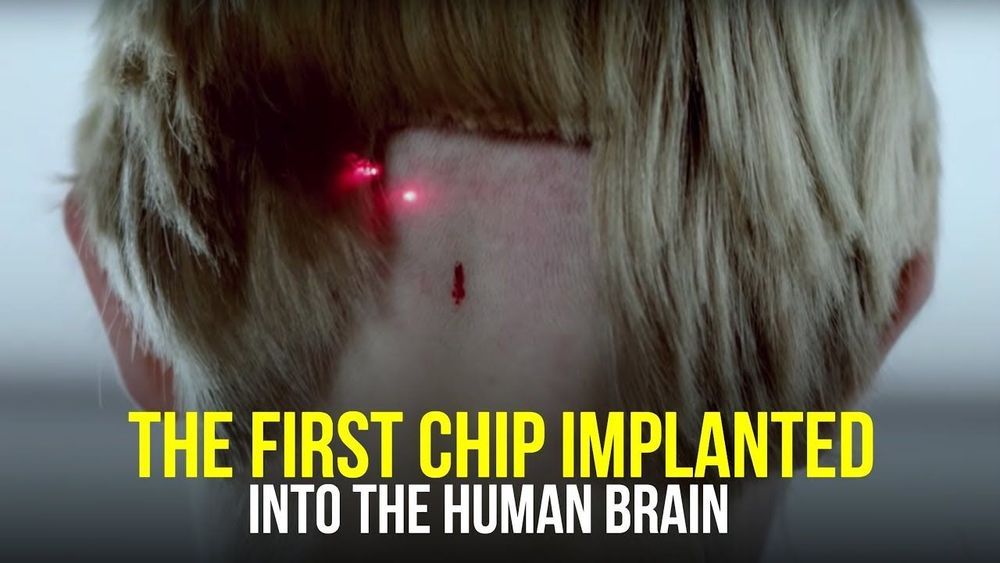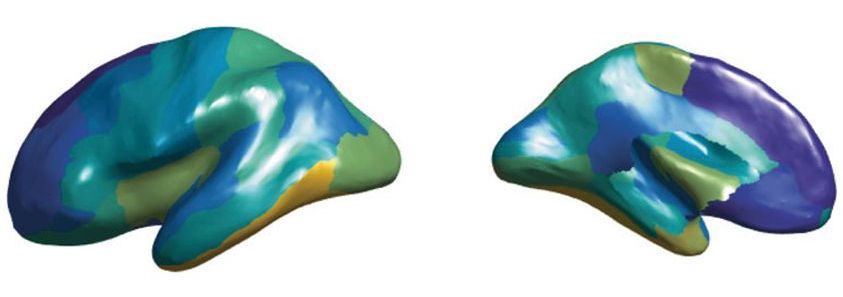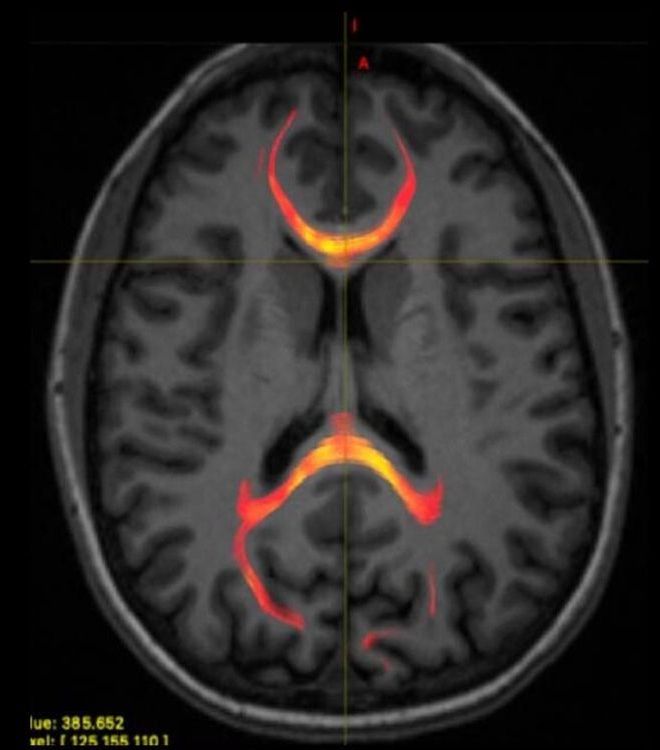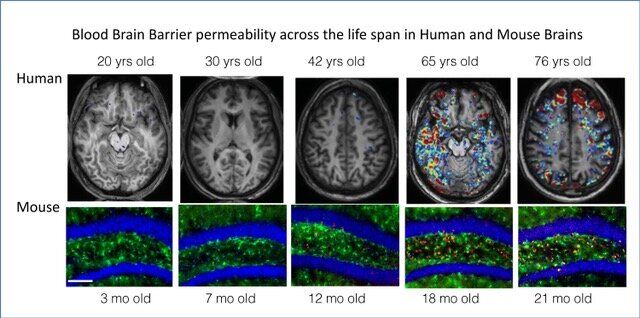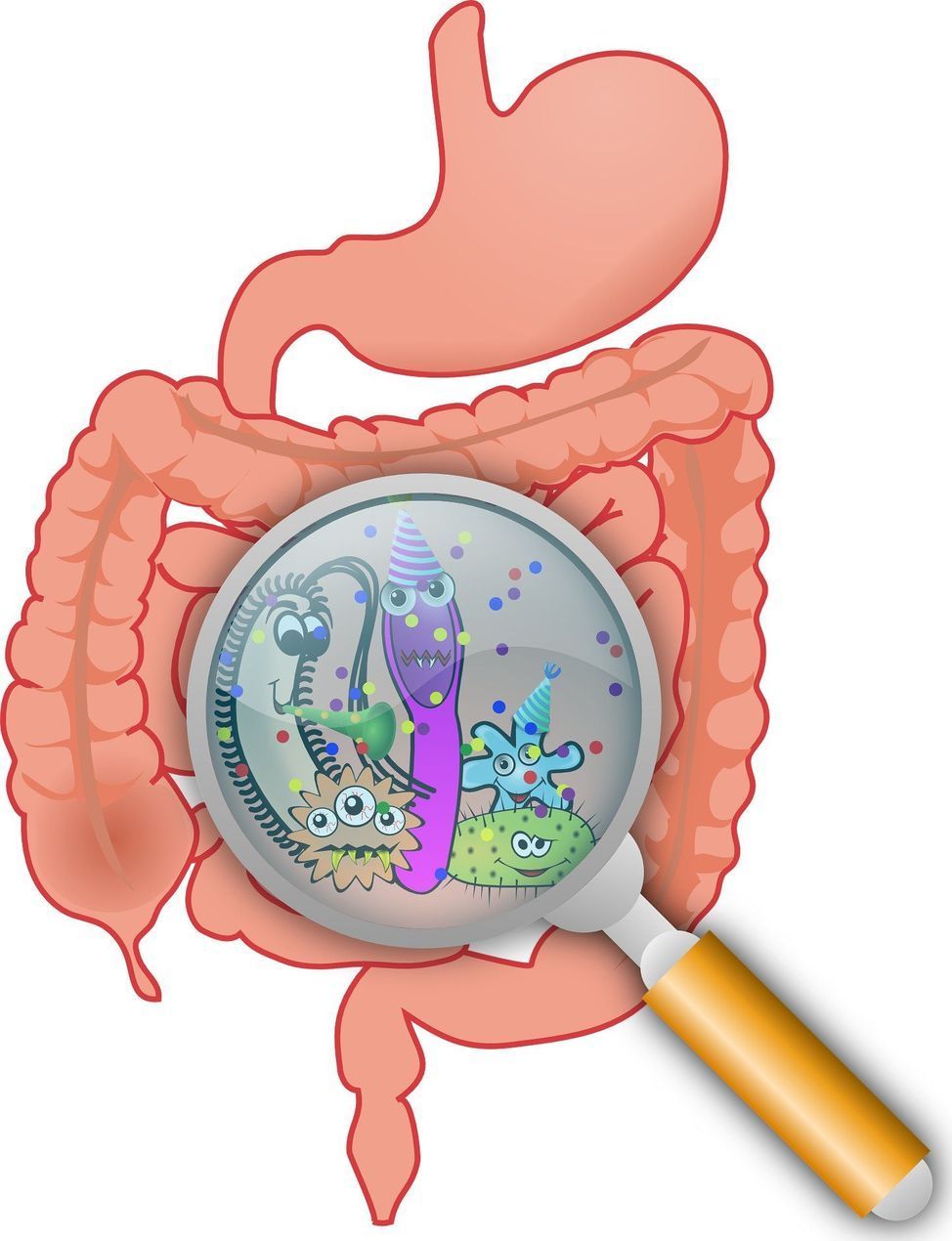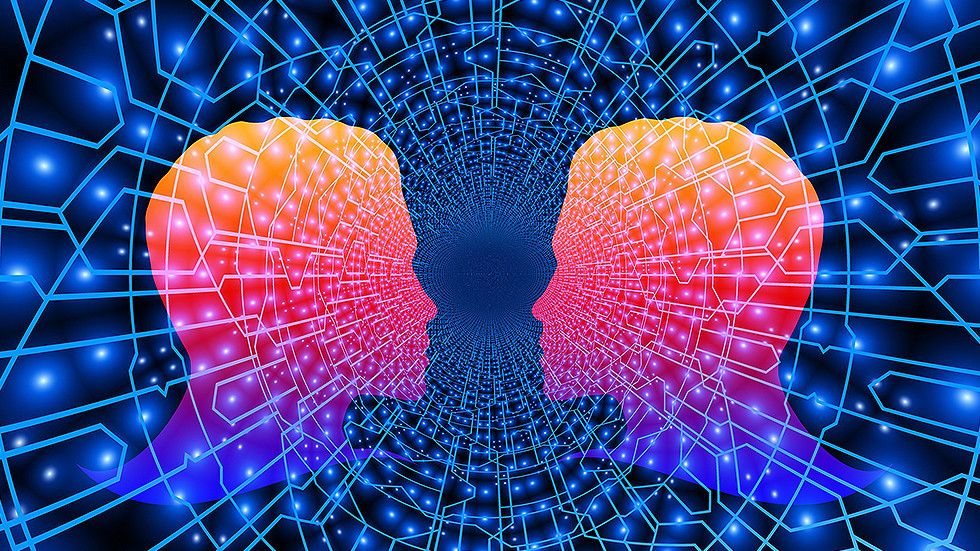“It’s the first chip implanted into the human brain”
►Special thanks to our friends from London Real for this amazing interview. Subscribe to their channel:
https://www.youtube.com/user/LondonRealTV
►OUR CLOTHING LINE : http://bit.ly/2HMI0oF
► If you struggle and have a hard time, consider taking an online therapy session with our partner BetterHelp. http://tryonlinetherapy.com/beinspired
►Motivational Alarm Tones
https://beinspiredchannel.com/alarms
================================================================================================================
►Follow us
http://www.facebook.com/BeInspiredChannel
https://www.instagram.com/beinspiredchannel/
http://BeInspiredChannel.Com
